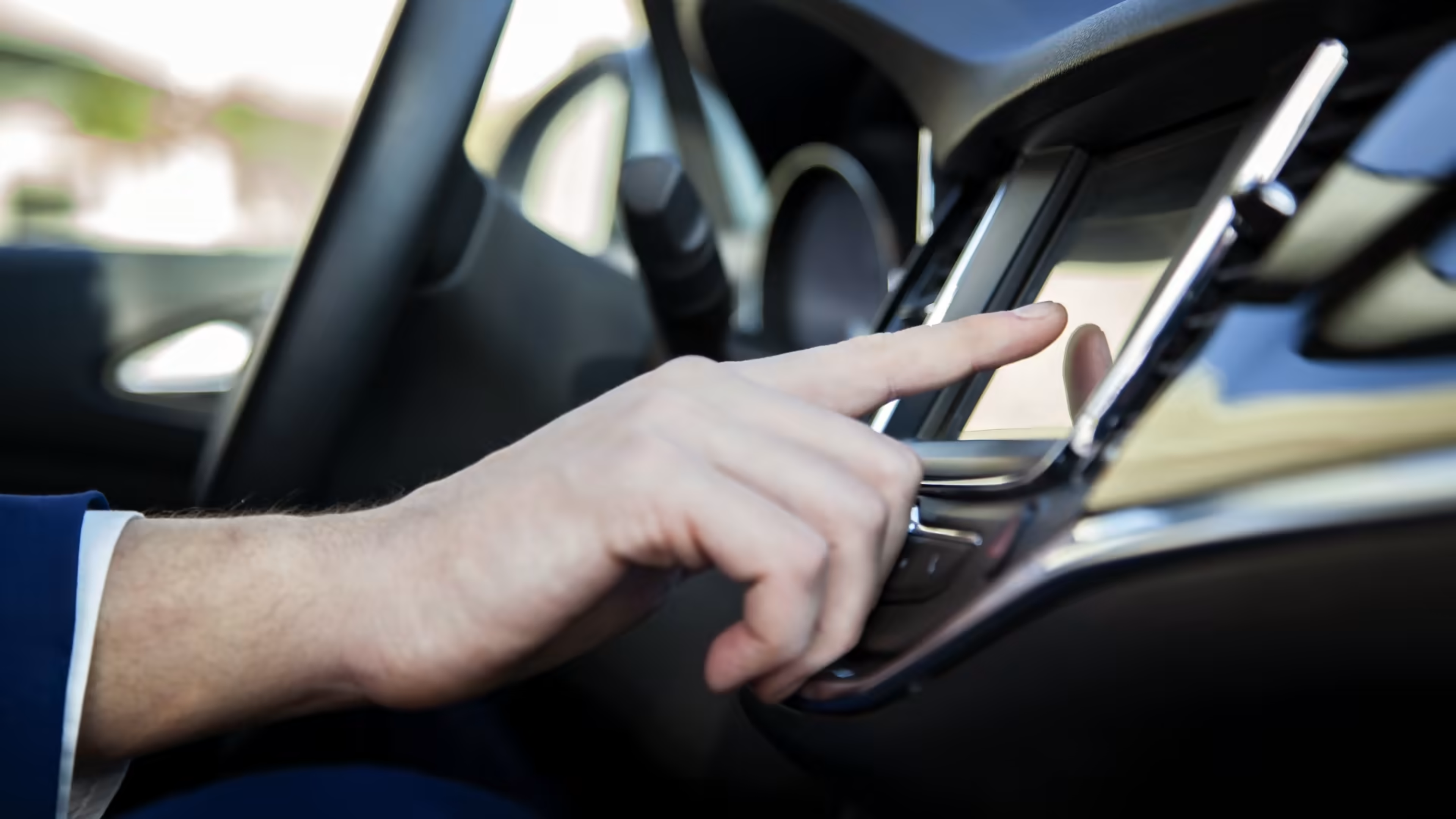Embracing Physical Buttons for Enhanced Vehicle Safety

In a move set to revolutionize automotive safety standards, Europe's automotive industry safety watchdog, Euro NCAP, has announced new guidelines that prioritize the inclusion of physical switches—or 'hard buttons'—for key vehicular features. This shift aims to ensure that critical controls are easily accessible and operable, reducing the potential for driver distraction and improving overall safety on the road.
The Importance of Physical Buttons
Under the new guidance, vehicles seeking the highest safety rating will be required to incorporate physical buttons for essential functions such as hazard lights, horn, indicators, warning lights, windscreen wipers, and SOS features.
A Five-Star Safety Rating Standard
While physical buttons will not be mandatory for a five-star rating, they will play a significant role in achieving the highest safety standards. Euro NCAP's proposal will allocate five points towards a vehicle's overall score for the inclusion of physical switches, reinforcing their importance in the realm of vehicle safety.
ANCAP's Endorsement
Australia's peak automotive safety body, ANCAP, is in full support of Euro NCAP's initiative. ANCAP echoes the sentiment that tactile buttons for essential vehicle controls are crucial for driver safety. As part of the Safe Driving assessment pillar, ANCAP will work alongside Euro NCAP to encourage manufacturers to prioritize physical buttons, thereby contributing to safer driving experiences for all road users.
Enhanced Safety
As the automotive industry continues to evolve, the emphasis on physical buttons underscores a commitment to enhancing safety on the road. With improved accessibility and reduced driver distraction, vehicles equipped with tactile controls are better equipped to navigate today's busy streets.
Driving Towards a Safer Future
With the inclusion of physical buttons, vehicles are poised to deliver safer and more intuitive driving experiences. As manufacturers adapt to meet these new standards, drivers can look forward to enhanced safety features that prioritize their well-being on the road.
